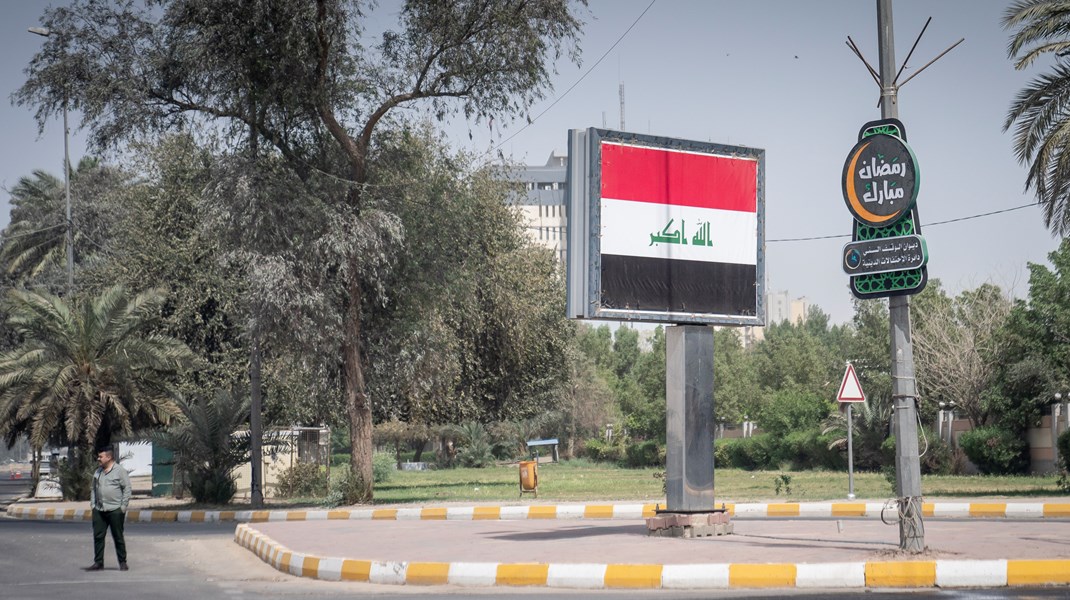Access challenges hamper Nepal flood response
This report is produced by Office of the Resident Coordinator Nepal in collaboration with humanitarian partners. It covers the period from 14 to 16 August 2017.
Highlights
• Over 100,000 people have been rescued to date by formal and informal search and rescue teams.
• Authorities and humanitarian partners reaching more affected areas due to improved weather over the last two days. However, access to affected populations still remains a significant issue as many major transportation routes are damaged or disrupted.
• The Initial Rapid Assessment process initiated in all affected districts, the results of which is expected to be available by 18 August 2017. Some clusters are awaiting these results to finalize their response plans and confirm caseloads.
• Moderate to heavy rains have been forecast across Nepal for the coming days.
Situation Overview
As of 16 August, 18,320 families are confirmed to have been displaced, and 75,000 families affected by the flooding. Around 27,000 personnel including Nepal Police, Nepal Army, Armed Police Force and civil servants have been mobilised for rescue and relief operations. Over 100,000 people have been rescued to date by formal and informal search and rescue. As of 16 August, more than 100 helicopter flights have taken place to airlift supplies and rescue people.
Water levels in flood-affected areas have been gradually receding as the rainfall has significantly decreased or stopped in most parts of the country. However, the number of affected districts has increased from 27 to 35; Morang, Sunsari, Siraha, Rautahat, Mahottari, Dhanusa, Sindhuli, Bara, Parsa, Dang, Banke and Bardiya are among the worst hit districts. The Ministry of Home Affairs says that over 80 percent of land in the Tarai has been inundated. Hydro-meteorological stations in Banke, Chitwan and Makwanpur recorded the heaviest rainfall in 60 years. Moderate to heavy rains have been forecast across Nepal for the coming days.
All clusters are working at this district level, in coordination with District Disaster Relief Committees (DDRCs). The Initial Rapid Assessment process (IRA) has been initiated in all districts, results of which are expected to be available by 18 August 2017. Newly elected local government officials have been active in helping to coordinate relief, rescue operations, and are actively engaging in and taking responsibility for disaster management.
With the weather in Nepal improving, authorities and humanitarian partners have been able to reach out to affected districts over the past two days and there are reports that security forces and authorities have cleared some roads. However, significant access challenges remain; Biratnagar airport remains closed, and other basic services such as transport routes, electric power and drinking water supplies, and communications are reportedly still disrupted in some places. Several major highways, notably the East-West highway, and inner roads linking villages have been severely damaged.


